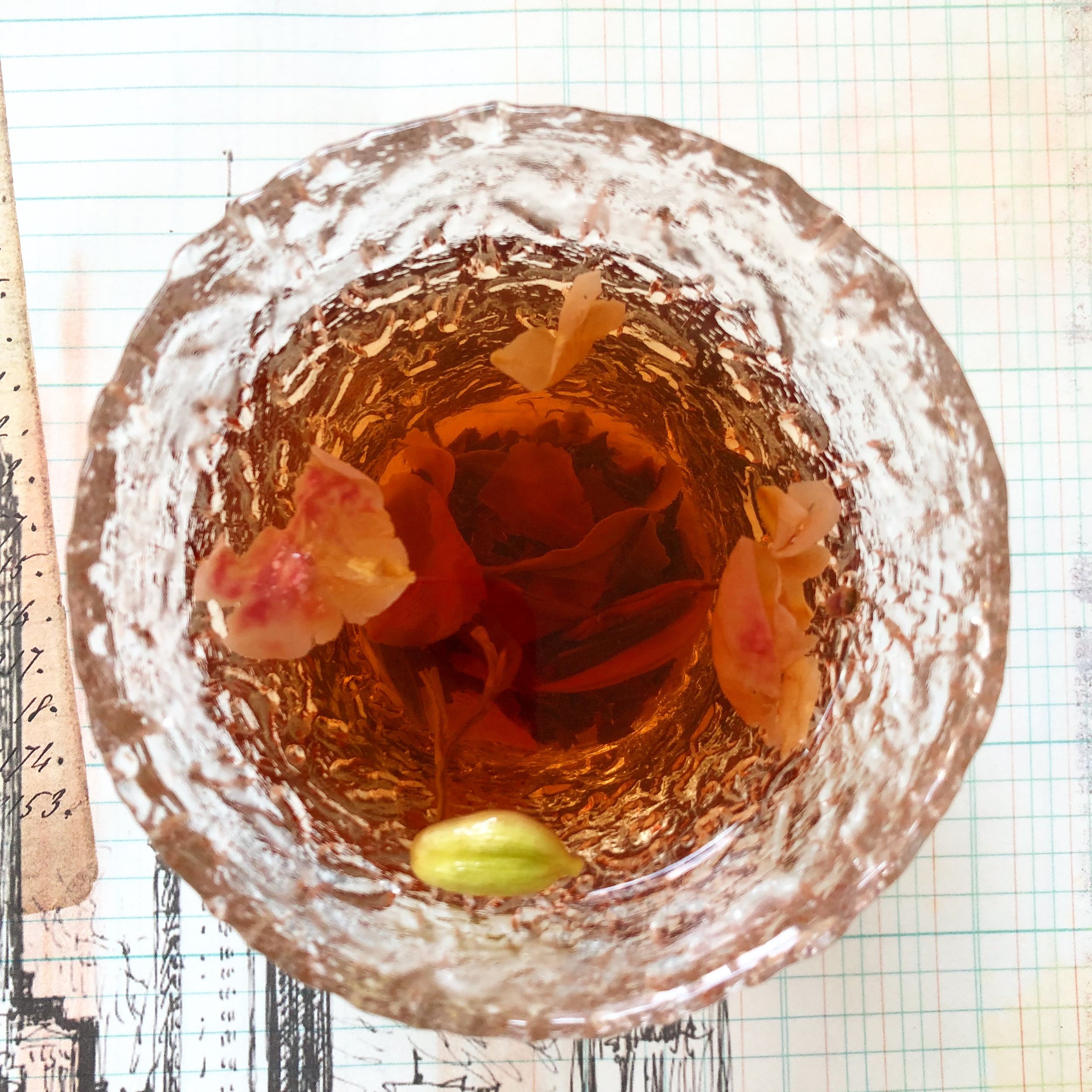How Brewing Temperature Differs for different Types of Tea.
Brewing tea to its perfection is like an art. It involves skill, timing, and the right temperature of water to bring out the unique flavors of the various tea types.
Though all types of tea are brewed using the same process, each variety of tea will yield a different flavor depending on the water temperature used in the brewing process.
Brewing Green Tea
Green tea has a mild, slightly grassy taste and requires a cooler temperature of water in order to bring out its subtle flavor. It should be brewed with water no hotter than 175 degrees Fahrenheit. This low temperature prevents the green tea leaves from becoming bitter and ensures that the subtle flavors of the tea will be preserved.
Brewing White Tea
White tea is delicate and has a light, sweet flavor. It is best brewed at a low temperature of between 160 to 180 degrees Fahrenheit. The lower temperature of water allows the tea to steep quickly, which preserves the subtle sweetness of the leaves.
Brewing Oolong Tea
Oolong tea is a semi-bitter, slightly smoky tea that is best brewed with hotter water. Water heated to between 185 to 205 degrees
Fahrenheit brings out the complexity of the tea without making it too bitter. Oolong teas brewed with cooler water will yield an insipid flavor with little complexity.
Brewing Black Tea
Black tea has a bold, full-bodied flavor. It is best brewed with water heated to between 195 and 205 degrees Fahrenheit. The higher temperature of the water allows the tea to fully steep, bringing out its strong and robust flavor. If brewed with cooler water, the tea can be insipid and lack flavor.
In conclusion, to get the best results when brewing any type of tea, it is important to use the right temperature of water. Green tea and white tea require a lower temperature of water in order to preserve their unique flavor, while oolong and black tea should be brewed with hotter water in order to bring out their complexity. Following these steps will ensure that each type of tea yields the best flavor.

